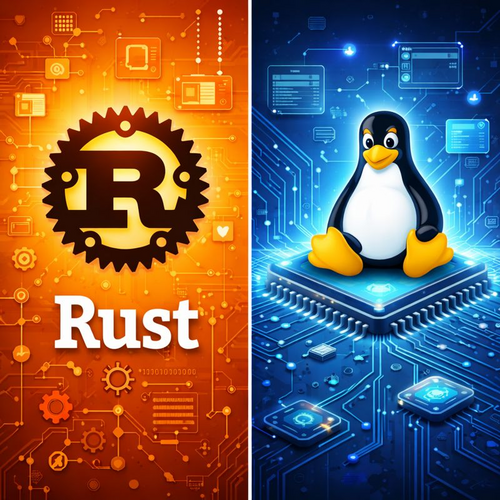| |
| ℹ️ News, Updates & Announcements |
| |
|
| |
| Kubernetes v1.35 Timbernetes Release: 60 Enhancements |
| |
| |
Kubernetes v1.35 is live with 60 new features, headlined by stable in-place Pod resource updates and beta workload identity built right in.
Gone: the Ingress NGINX controller - now deprecated.Going soon: cgroup v1. Added: Pod-level certs managed by kubelet. |
|
| |
|
| |
|
| |
| Argo CD 3.2.2 Improves Secret Management, Retry Safety, and Auth Checks |
| |
| |
ArgoCD v3.2.2 tightens the screws where it counts.
Now you get separate read/write secrets per URL - fine-grained access control without the hand-wringing. It cleans up ResourceVersion handling on terminations too, cutting down on stale retry noise. And yep, it keeps annotations intact during AppSet hydration. Finally. |
|
| |
|
| |
|
| |
| Rust Confirmed for Linux Kernel: Experiment Concludes Successfully |
| |
| |
The Linux kernel has dropped the “experiment” tag, Rust is in. Since 6.1, it’s officially a stable, supported language for kernel work. The docs now say what devs were already doing: using Rust in production, from Android to downstream distros.
Big deal: Stable Rust locks in a deeper shift. The kernel’s opening the door to safer, more concurrent code, by design, not by duct tape. |
|
| |
|
|
| |
|
| |
| AWS Previews DevOps Agent to Automate Incident Investigation Across Cloud Environments |
| |
| |
AWS just dropped the DevOps Agent into public preview. It’s not just watching, it's thinking. It chews through telemetry, config, and deployment data mid-incident, trying to make sense of the mess before you even blink.
Hooks into CloudWatch, GitHub, GitLab, Datadog, ServiceNow, and more let it auto-map your system’s topology and stitch together context across your workflows. |
|
| |
|
| |
|
| |
| Google’s Cloud APIs Become Agent-Ready with Official MCP Support |
| |
| |
Google just flipped the switch on Model Context Protocol (MCP) across BigQuery, GKE, Compute Engine, Maps, and Apigee. Now AI models can tap into these services through a standard interface.
MCP endpoints ride on managed servers and bake in each service’s security and logging by default. Clean, controlled, and finally consistent. |
|
| |
|
| |
| 👉 Enjoyed this?Read more news on FAUN.dev/news |



